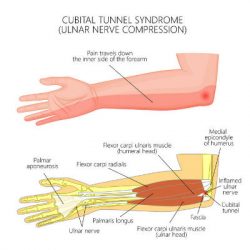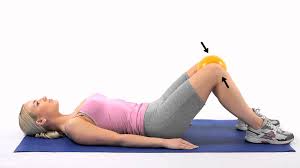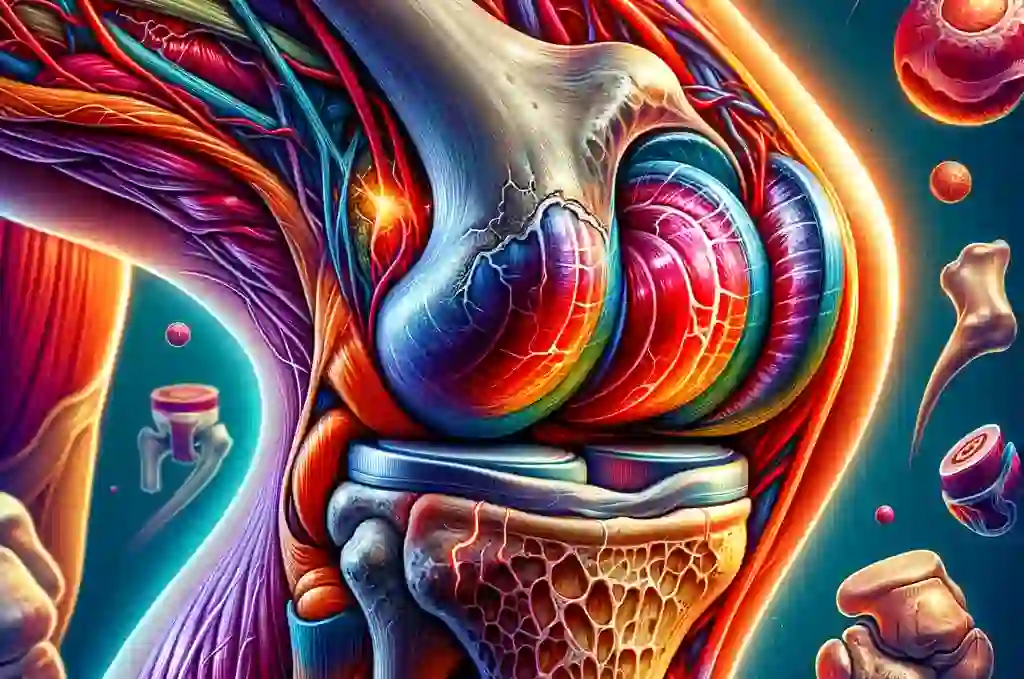Managing Cubital Tunnel Syndrome: Tips and Techniques for Relief
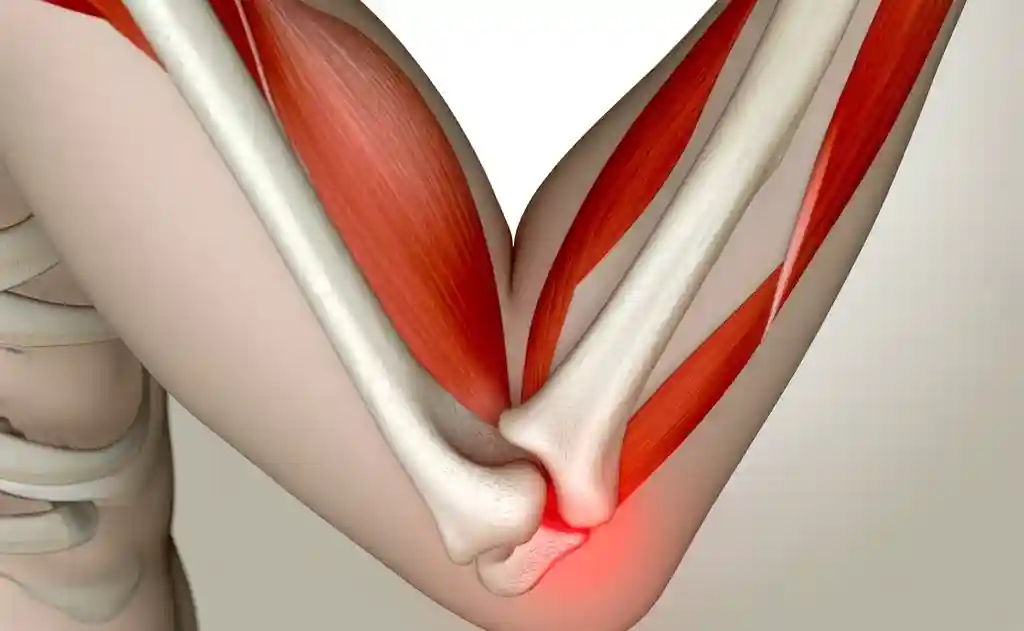
What is Cubital Tunnel Syndrome?
Cubital Tunnel Syndrome, also known as ulnar nerve entrapment, is the second most common nerve entrapment after carpal tunnel syndrome. The ulnar nerve can become trapped in various locations around the elbow as it travels down the arm into the forearm.
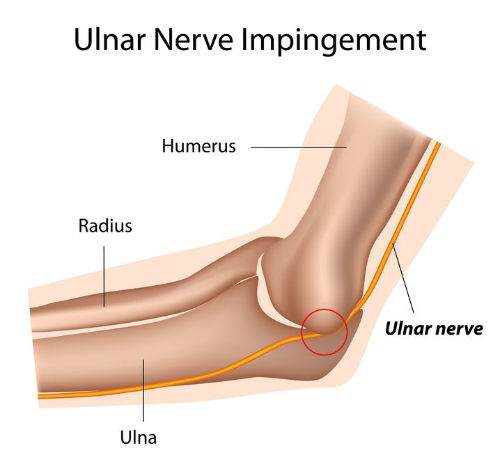
Cubital Tunnel Syndrome Symptoms
Tingling in the Ring Finger and Baby Finger
Experiencing tingling sensations in the ring finger and baby finger can be indicative of certain conditions affecting the hand and arm.
Numbness Near the Baby Finger A Sure Sign of Cubital Tunnel Syndrome
Numbness around the hand, particularly near the baby finger, may be associated with various factors, and understanding the potential causes is crucial for effective management.
Exploring Active Release Technique: Is It the Right Solution for You
Prolonged Elbow Bending and “Funny Bone” Pain
Sustaining a bent elbow for extended periods can lead to aches and discomfort on the side of the elbow commonly referred to as the “funny bone.” This may coincide with numbness and tingling sensations in the baby finger and ring finger.
Relief through Elbow Straightening: Likely Cubital Tunnel Syndrome
Straightening the elbow can be an effective strategy to alleviate pain, numbness, and tingling. Adjusting posture and avoiding prolonged bending of the elbow may contribute to symptom relief.
Muscle Wasting in Advanced Cases Can Be Cubital Tunnel Syndrome
In advanced cases, prolonged compression of the ulnar nerve, which runs through the arm and controls sensation in the ring finger and baby finger, may lead to muscle wasting in the hand. While some improvement is possible with intervention, it is common for residual symptoms of weakness to persist.
Understanding and addressing the underlying factors contributing to these symptoms is essential for effective management and prevention of further complications. If these symptoms persist or worsen, seeking professional medical advice is recommended.
Diagnosis Of Cubital Tunnel Syndrome
The diagnosis of Cubital Tunnel Syndrome involves a systematic approach to rule out other potential sources of symptoms, primarily from the neck and shoulder areas. Nerves trapped in these regions can mimic the symptoms of ulnar nerve entrapment or Cubital Tunnel Syndrome.
Once Cubital Tunnel Syndrome is considered a potential cause, attention is directed to four specific areas around the elbow where the ulnar nerve can become entrapped. While these may not all be technically classified as Cubital Tunnel Syndrome, the outcome remains the same – the manifestation of symptoms such as numbness, tingling, and pain, given that it involves the same nerve.
It is imperative for your healthcare practitioner to thoroughly examine all four areas to determine if there is any entrapment. This comprehensive assessment is crucial for an accurate diagnosis and appropriate management.
Tips for Managing Ulnar Nerve Entrapment:
- Maintain a Straight Elbow. If possible, avoid keeping your elbow bent for extended periods, especially when driving or sitting at your desk. Resist the urge to lean on your elbow and work towards keeping it straighter.
- Change Habits: Identify situations where you tend to keep your elbow bent and consciously work on changing this habit. Creating an environment that encourages a straighter elbow posture can be beneficial.
- Non-Serious Nature of Ulnar Nerve Entrapment. Ulnar nerve entrapment is generally not considered a serious condition, particularly if there is no muscle wasting present. However, managing symptoms and preventing aggravation is essential for overall comfort.
- Use of Elbow Brace. Consider wearing an elbow brace during the day, and especially at night, to help maintain a straight elbow. This can aid in preventing irritation of the ulnar nerve and contribute to symptom relief.
Making these adjustments to your daily habits and incorporating supportive measures can be instrumental in managing ulnar nerve entrapment. If symptoms persist or worsen, seeking advice from a healthcare professional is recommended.
Tell us what you think in the comments below and like us on Facebook. I will do my best to all questions in the comments section here at this downtown Toronto Chiropractic clinic.
